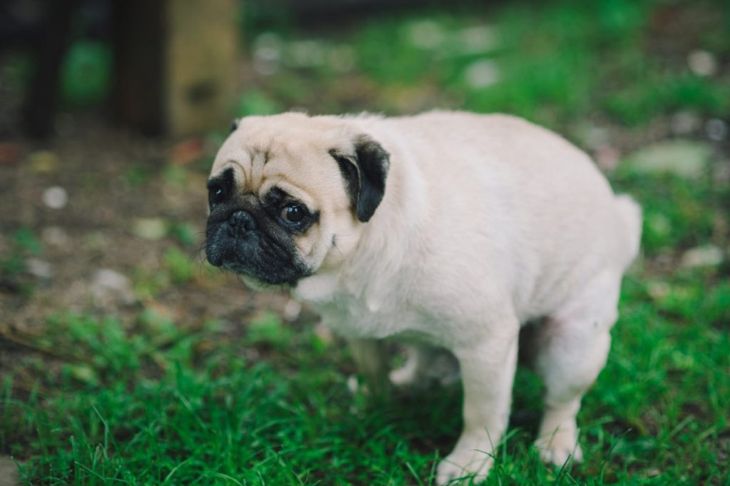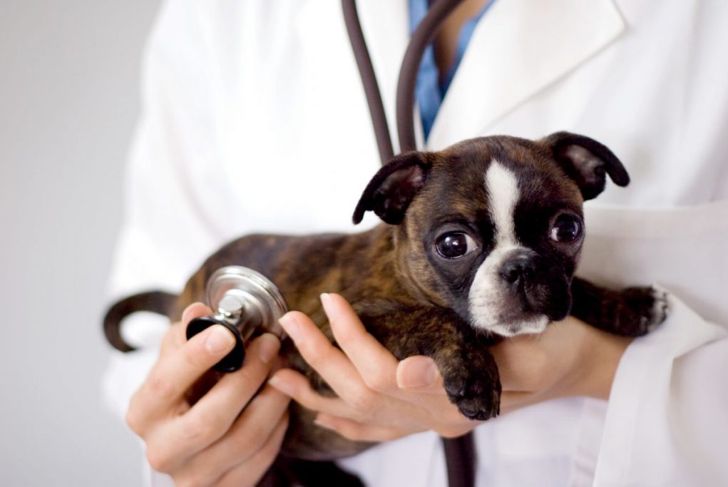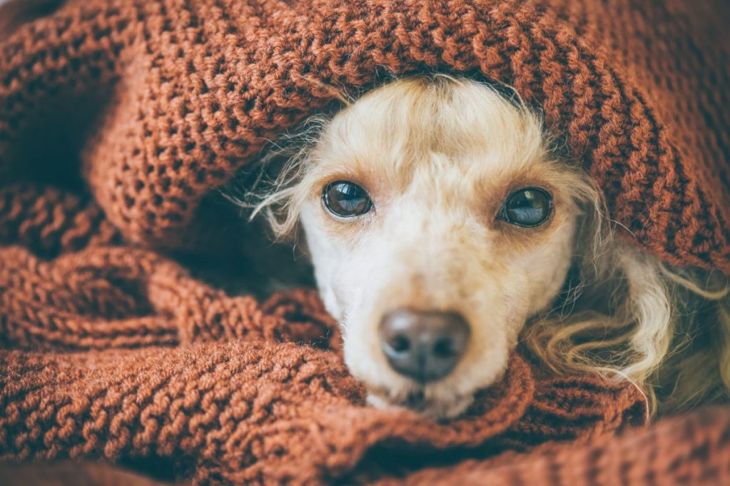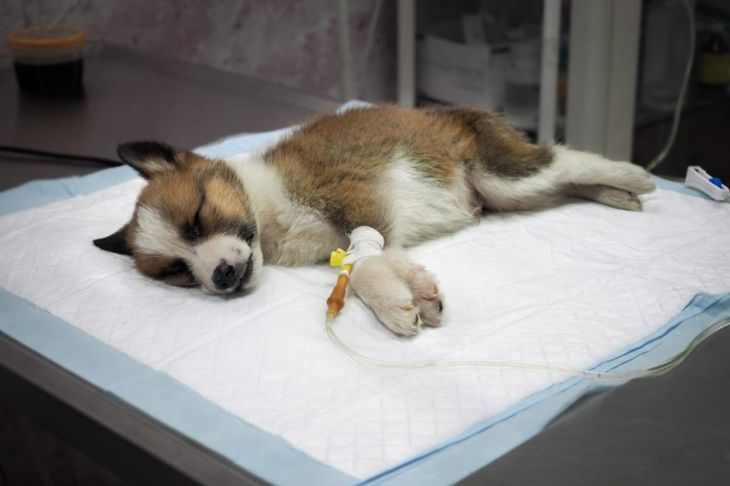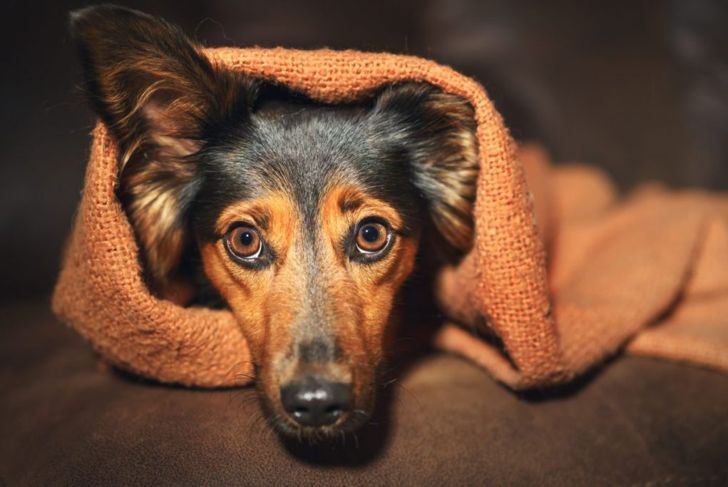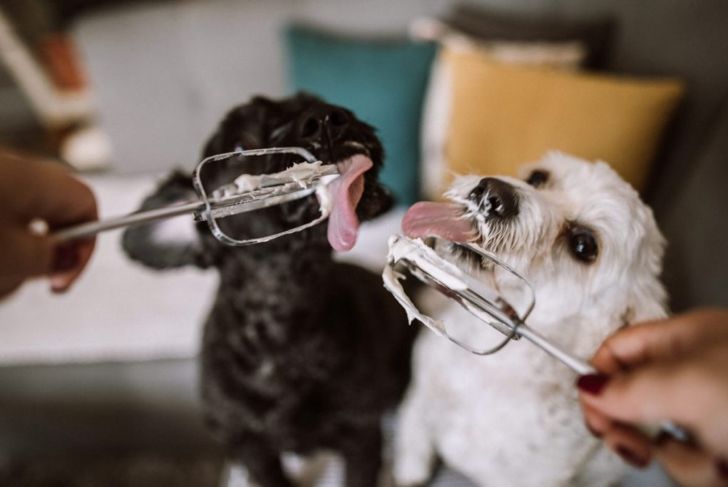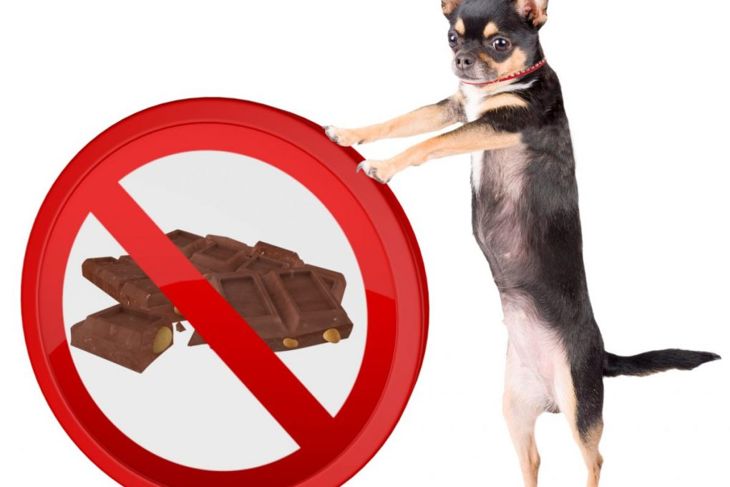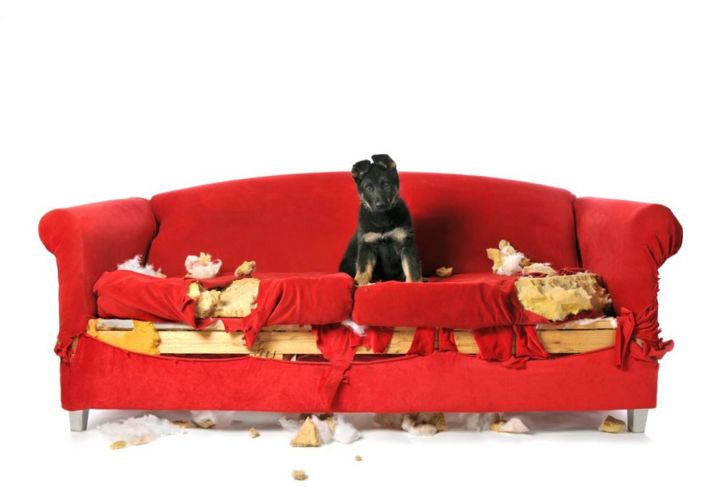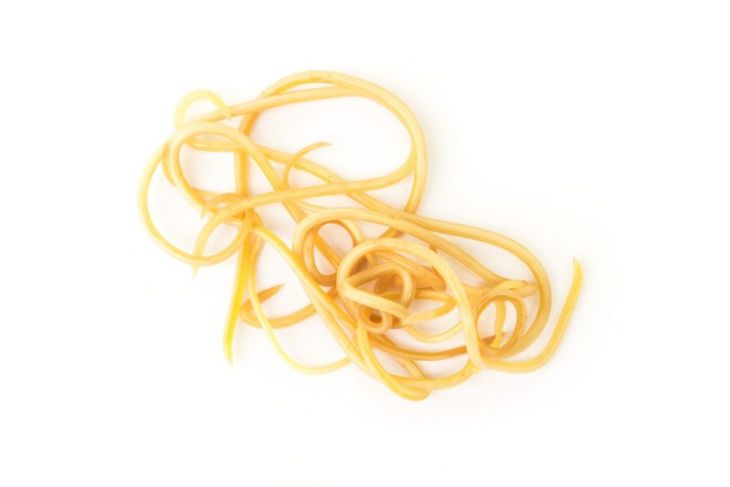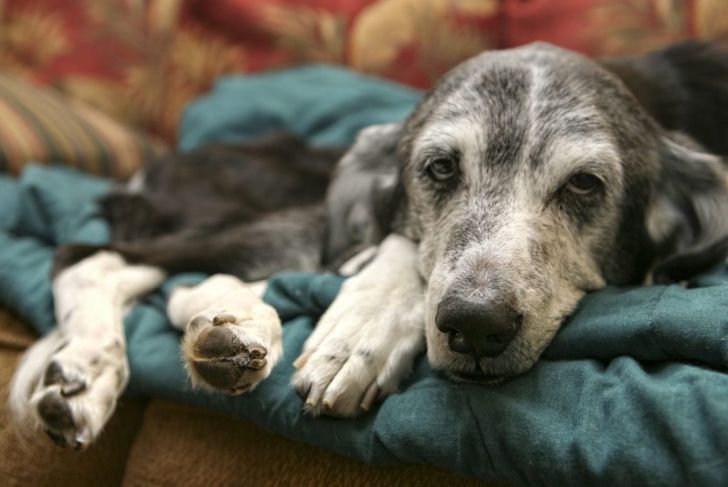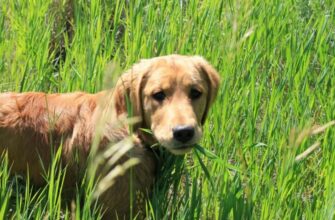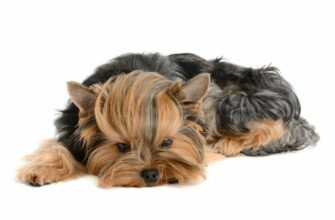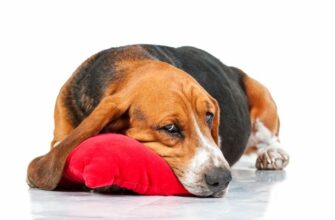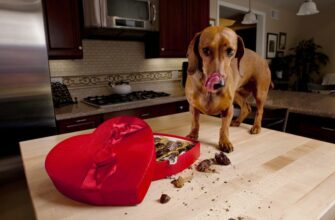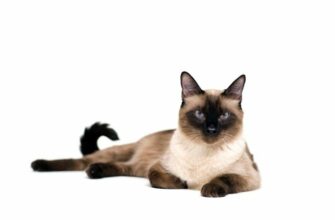A dog’s poop can alert an owner to health issues. The consistency, shape, content, color, and size of a dog’s stool change for a variety of reasons. These changes can be a sign of a gastric issue, a sudden change in diet, an infection, or a parasite. Mucus-covered poop is one of the more alarming issues for owners. A couple of mucusy stools don’t necessarily require a trip to the veterinarian. But longer bouts of the issue can indicate that something’s just not right with your pet. A veterinarian should evaluate the dog’s health.
Normal Mucus
Some mucus expelled with a dog’s poop isn’t unusual. A canine’s lower intestinal tract normally produces a clear, jelly-like mucus. It has a slimy appearance. This mucus lubricates the colon and helps the dog’s stools pass easily through its system. The mucus also helps prevent constipation. Occasionally, this slimy mucus accumulates at the end of the GI tract or coats the stool. The dog will expel this with their poop. In most cases, the mucus is sporadic and is a normal part of your pet’s elimination process.
Visual Clues of Abnormal Mucus
If your dog suddenly starts to experience mucus-covered poop and also experiences diarrhea, it may indicate a bigger problem. Mucus-filled diarrhea that lasts longer than 24 hours warrants a trip to the veterinarian. Other signs that the mucus is a sign of a health issue include:
- A large amount of mucus mixed in with large soft stools
- Stools containing very small amounts of poop with large amounts of mucus
- The color of the mucus changes from clear to another color
- There is no poop in your dog’s stools, only mucus
Additional Symptoms
If your dog experiences additional symptoms along with loose, mucousy stools, their body could be fighting off some type of infection or parasite. A change in stool appearance and consistency that accompanies a loss of appetite, fever, lethargy, weakness, and dehydration are all signs of a more serious issue. Sometimes a dog’s stool is firm when it starts but then changes to a very soft or loose bowel movement with a coating of mucus. A single stool with this consistency deserves a close eye and observation of your pet’s behavior. More than one mucus-covered stool could indicate that the dog is experiencing a variety of issues that require veterinary care.
Parvovirus
Soft stools with mucus coatings could indicate parvovirus, a highly contagious virus. It causes severe gastrointestinal issues, including vomiting, bloody, mucus-covered diarrhea, dehydration, weakness, anorexia, fever, and weight loss. The virus is spread from one dog to another through close contact or contact with contaminated stool or environments. Infected kennel cages and floor surfaces, food and water bowls, and collars can expose a dog to the virus. People transmit the virus by bringing it into the dog’s environment on their shoes, clothing, or hands. Puppies and dogs under six months of age are especially vulnerable. Immediate veterinary care is crucial.
Stress
Like humans, dogs feel stress. When dogs are feeling anxious, they may have diarrhea that contains mucus and small amounts of blood. They may strain while pooping, or they have to poop frequently. Dogs under stress sometimes feel the urge to have a bowel movement, but their colon is empty, and they can’t. Anxious dogs may also whine, shake, pant, or shed more. The physical symptoms and mucousy diarrhea usually resolve themselves within 24 to 48 hours or when the owner addresses the source of the stress.
Food Intolerance
Chronic diarrhea covered in mucus can also indicate a food allergy or intolerance to a specific food. All dog foods are not the same and contain a variety of ingredients that may not agree with your dog’s digestive system. Changing your dog’s brand or type of food suddenly can trigger loose stools containing mucus. To prevent digestive upset, change the food slowly, over 7 to 10 days. Some owners share the foods they eat with their pets, but some of these can cause gastrointestinal issues in dogs. Dairy, fried or greasy foods, raw meat, and undercooked eggs can cause problems for a dog’s digestive system.
Toxicity or Poison
Some foods are toxic to your pet. Chocolate, gum, onions, and grapes can cause chronic diarrhea containing mucus. Toxic substances can also cause tremors, vomiting, convulsions, abnormal heartbeat, and kidney failure. If your dog ingests poison, you’ll see a change in their stools that may include both blood and mucus. The Blue or turquoise-tinged color of mucousy diarrhea could indicate that your pet has ingested rat poison. Seek out immediate veterinary care if you suspect that your pet has ingested something toxic or poisonous.
Bowel Obstruction
Sometimes a dog ingests foreign objects they find lying around the house or yard. If the digestive system can’t dissolve the object, it can cause a blockage in the intestinal tract or stomach. You may see your dog straining in an attempt to release a stool. This straining often leads to increased production of mucus. If the dog can manage to push out stools, they may include both mucus and blood. If the mucus is yellow, it generally indicates an obstruction of some kind. These obstructions can cause an infection, so it’s best to have the issue checked out by a veterinarian.
Parasites
Intestinal parasites such as roundworms, hookworms, whipworms, or giardia can cause blood and mucus in a dog’s stools. These parasites live in a dog’s intestinal tract and are not visible to the naked eye. They pass microscopic spores or eggs into your dog’s stools. Some worm species lay up to 200,000 eggs each day inside your dog’s intestines. Recurrent diarrhea mixed with mucus is a common symptom of worm infestation. Veterinary treatment methods are effective. Once a vet diagnoses and removes the parasite, the dog’s stools resume their normal consistency and appearance.
Other Causes of Mucus in Dog Stools
Several other conditions and illnesses can lead to mucus in a dog’s poop.
- Hemorrhagic Gastroenteritis (HGH) causes a stool that looks like strawberry jelly. It has a reddish color with a slimy appearance. HGH requires immediate emergency treatment.
- Irritable bowel syndrome (IBS), or colitis, occurs when irritation and inflammation in the large intestine lead to blood and mucus passing in a dog’s stools. Sometimes the mucus turns yellow.
- Colon cancer sometimes mimics the symptoms of IBS. Bloody mucus in stools is a symptom.

 Home
Home Health
Health Diet & Nutrition
Diet & Nutrition Living Well
Living Well More
More